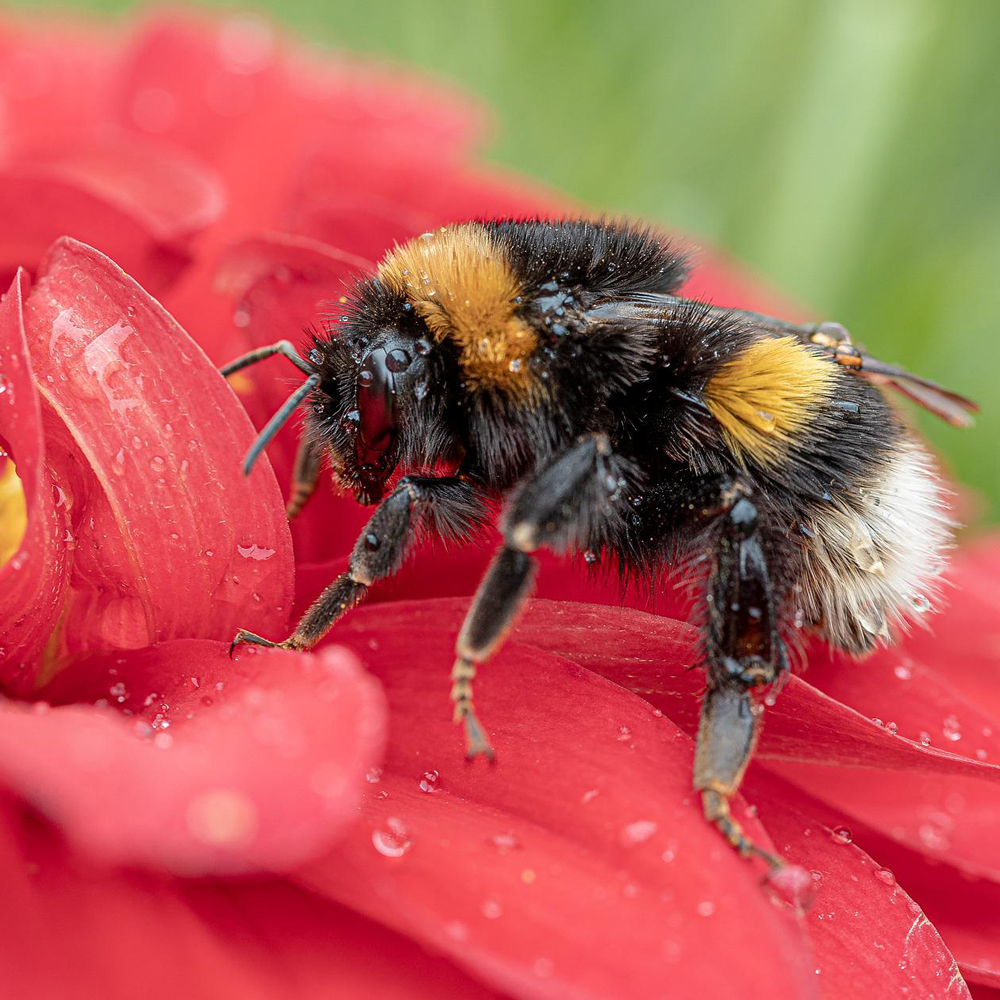Your cart is currently empty!
Save bees and pollinators
When we hear about the threats to the existence of bees, we must know that not only honeybees are affected – rather all species of bees, and they are 2,500+ species. Since we are used to hear mainly about the honeybee, we perceive all other species as being “wild”.
This does not make the other bees less important, on the contrary – there are bees that pollinate a particular type of flowering plants and when the pollinating bees disappear, these plants will disappear, too. The fact there are less discussions about the “wild” bees than the honeybees does not mean their extinction is less appalling.
The decline or even the extinction of certain pollinator species would definitely lead to the extinction of flowering plant species that are pollinated as well as animal species that feed on these plants. Disruptions in this symbiosis pose a serious danger to humanity, putting the production of food necessary for humanity to exist at risk.
Human activity is considered as a major threat to the existence of bees. Therefore, we – humans – must work together at all costs to limit the consequences of our work to ensure both the existence of pollinators and our own.

Here is a list of some easy tips how you can improve the lives of bees in the area you live:
- Buy honey and beeswax and bee products
Beekeepers are the main guardians of honeybees and play a strategic role in their conservation. The purchase of bee products supports and encourages their production, respectively the breeding of honeybees, most often by small farmers and beekeepers by hobby.
- Buy local and seasonal food
By buying fruit and vegetables in season from a local producer, you will avoid financing industrial agriculture that uses synthetic chemicals and pesticides, damaging the soil and killing pollinating insects.
- Planting bee-friendly flowers
You don’t have to have a whole garden, even a few flower stalks in a flower pot are good enough. Some of the bee-friendly plants are calendula, tulip, daisy, lavender, sainfoin, phacelia, borage, thyme, buckwheat, sunflower, mallow, annual dill, rosemary, dill, parsnip, coriander, alfalfa – to name a few.
- Plant flowering trees
If you have space, you may plant flowering trees, such as – acacia, sage, linden, fruit trees – to name a few. The trees bloom profusely and provide a generous amount of nectar to the bees. They are also a source of resins. The tree leaves and the resin provide nesting material for the bees, while the natural cavities of the wood are excellent place of refuge.
- Let the grass grow and bloom
Each grass lawn contains flowering grass types, and they begin to bloom/blossom when they reach a certain height. With frequent mowing, this is impossible. If you have the opportunity, let the grass in your yard grow and bloom. If not the whole area, then at least somewhere at the edges.
- Provide a source of water
If you live in a region without natural water sources such as rivers and lakes, you can place a shallow container of water lined with pebbles, pieces of wood or something else to serve as a landing place for bees. This is usually done in early spring, so the bees will be able to find this source and use it when needed in the remaining warm months.
- Limit the use of chemicals in the garden
Pesticides, fertilizers, herbicides and especially neonicotinoids are dangerous for the bees. By avoiding treating your plants with synthetic products, you eliminate the possibility of harming beneficial pollinating insects.
